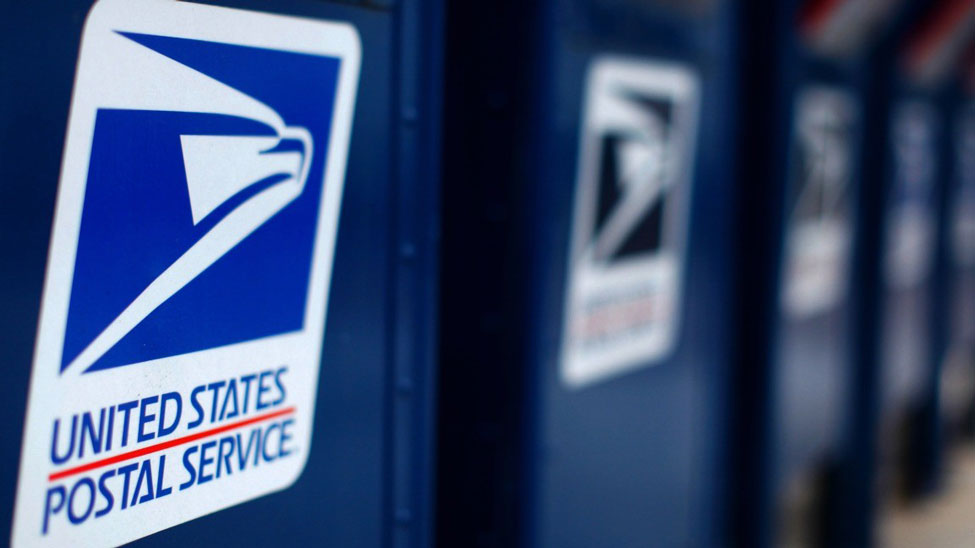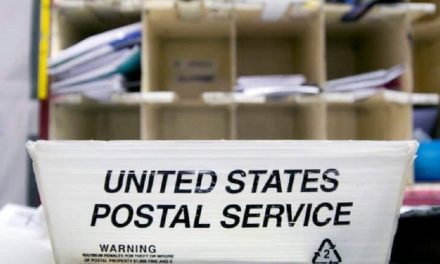
USPS: We continue to manage costs within our control

The U.S. Postal Service has announced its financial results for the first quarter of fiscal year 2023 (Oct. 1, 2022 – Dec. 31, 2022). The Postal Service’s operating revenue was $21.5 billion for the quarter, an increase of $206 million, or 1.0 percent, on a volume decline of 1.7 billion pieces, or 4.8 percent, compared to the same quarter last year.
Shipping and Packages revenue increased $203 million, or 2.4 percent, on a volume decline of 70 million pieces, or 3.5 percent, compared to the same quarter last year. The volume decline reflects the continued abatement of the pandemic-related surge in e-commerce. However, Shipping and Packages volume remains higher than pre-pandemic levels.
First-Class Mail revenue increased $95 million, or 1.5 percent, on a volume decline of 587 million pieces, or 4.5 percent, compared to the same quarter last year. The volume decline reflects on-going migration from mail to electronic communication and transaction alternatives. First-Class Mail volume remains lower than pre-pandemic levels.
Marketing Mail revenue decreased $106 million, or 2.4 percent, on a volume decline of 879 million pieces, or 4.7 percent, compared to the same quarter last year. Revenue declined at a lesser rate than volume due to price increases. Marketing Mail has been challenged by commercial mailers’ increasing use of digital and mobile advertising, which was accelerated by the pandemic. Nevertheless, Marketing Mail has generally proven to be a resilient marketing channel, and its value to U.S. businesses remains strong due to customer returns on investment and better data and technology integration.
“We are making demonstrable progress with our Delivering for America plan. We continue to focus on service reliability for the American public as we modernize our outmoded and aging postal network to move mail and packages in an integrated network and deliver to nearly 165 million delivery points six days a week while covering our costs,” said Postmaster General and CEO Louis DeJoy.
“Our initiatives in cost reduction and revenue growth are underway. However, in addition to facing the same inflation and other post-Covid economic realignment issues that every business is facing, we continue to operate in an administrative environment beyond our control that slows the pace of improvement,” DeJoy added.
The Postal Service’s operating expenses decreased $129 million, or 0.6 percent, compared to the same quarter last year. However, excluding costs outside of our control such as the prior year’s retiree health benefit expense eliminated by the Postal Service Reform Act (PSRA), the retiree benefits expense for the amortization of underfunded Civil Service Retirement System (CSRS) and Federal Employee Retirement System (FERS) plans, and workers’ compensation expenses caused by actuarial revaluation and discount rate change, expenses increased by $1.1 billion, or 5.3 percent.
Compensation and benefits expense increased $642 million, or 4.8 percent, primarily due to wage increases in our labor agreements tied to inflation and, in particular, the impacts of cost-of-living adjustments.
Transportation expense and other operating expenses increased $321 million, or 5.8 percent as inflationary pressures have led to higher average jet fuel prices for air transportation, higher average diesel prices for long-haul transportation, higher average fuel prices for delivery vehicles and utilities, and higher rent costs.
The net loss for the quarter totaled $1.0 billion, a decrease in net loss of $519 million, compared to a net loss of $1.5 billion for the same quarter last year. Controllable income excluding all retiree health benefit expense was $187 million, compared to controllable income excluding all retiree health benefit expense of $880 million for the same quarter last year.
“Elevated inflation continues to have a significant impact on our results,” said Chief Financial Officer Joseph Corbett. “Higher costs as a result of inflation slowed our plan toward break-even operations in 2023. However, excluding costs outside of our control, expenses grew by 5.3 percent, which is lower than the average annual inflation in December 2022. We continue to manage costs within our control by focusing on maximizing labor productivity and optimizing our network. However, we also need Civil Service Retirement System reform to achieve financial predictability and sustainability.”











